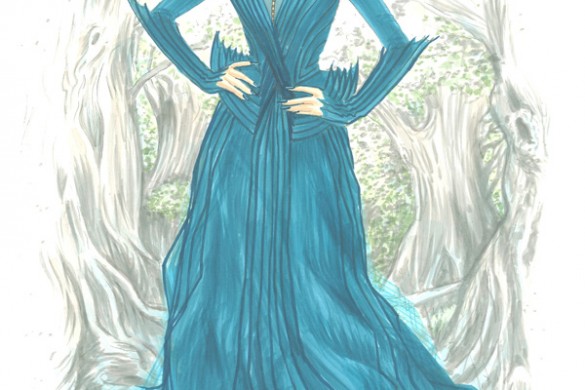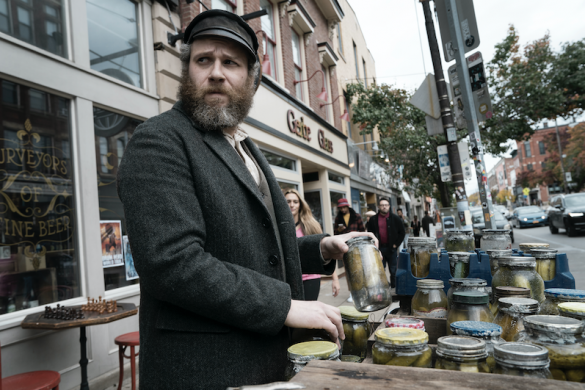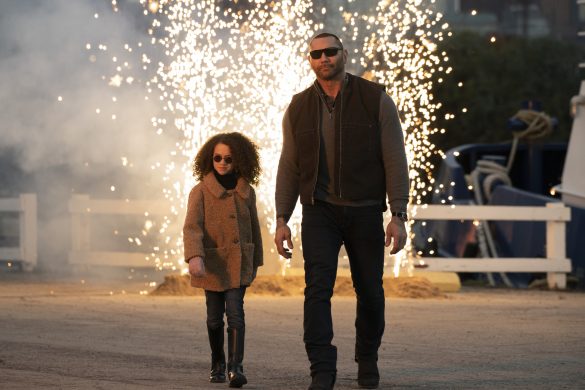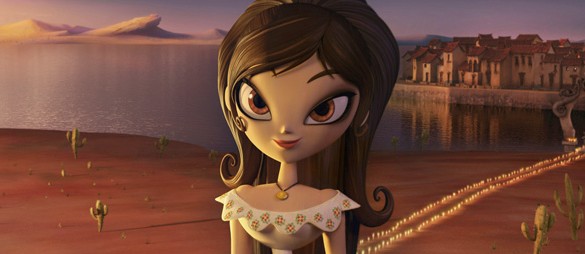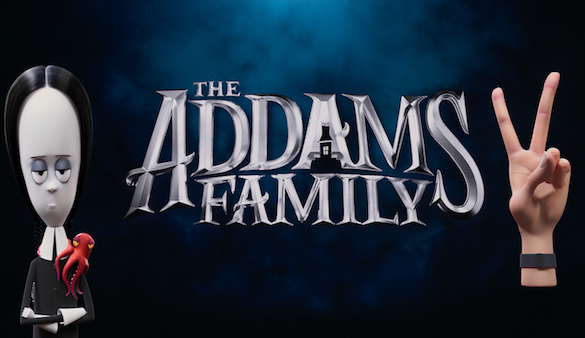Sam Mendes’ 1917 is a remarkable war epic that immediately draws you into the battlefront with its brilliant camera work and top-notch performances. It’s impressive technical work not only illustrates the perils of war but also creates a one-of-a-kind cinematic experience that is not to be missed.
The film is a rare technical accomplishment that utilizes one-shot camera techniques to tell one of the most enthralling war stories of the decade. Tracking shots or long takes, call it what you want, the art of creating a single scene without a cutting away is incredibly complex as it requires choreography, mapping, patience, and planning. Of course, there are plenty of films that use the technique for key scenes in a film, but there are fewer that were made to look like the film was shot in one long take, which makes 1917 that much more impressive.
With the way that 1917 moves, the audience follows the two protagonists on their perilous journey to deliver a message that could save the lives of many soldiers. The film, co-written by Mendes and Krysty Wilson-Cairns, draws inspiration from a fragment of a story that Alfred Mendes would tell his grandson, Sam Mendes. Which could explain why the film feels an old war story being told by a veteran.
The film opens with an April 6, 1917 card informing its audience of the significance of that moment in history. The frame then lights up and focuses on two British soldiers, Blake (Dean-Charles Chapman) and Schofield (George MacKay), who are given a life or death mission to deliver a message to Colonel MacKenzie (Benedict Cumberbatch) that the strategic withdrawal that Germany is planning is nothing more than a trap that could end up killing 1600 British soldiers.
Now 1917 could have been just another average wartime epic that uses the one-shot tracking technique as a gimmick. However, because cinematographer Roger Deakins is behind the camera, the entire film feels as though you are a part of Blake and Schofield’s mission. So you will see what they see and experience what they are experiencing in real-time. At times, you can start to feel the exhaustion they are feeling or some of the demoralizing moments when they experience the agony of war.
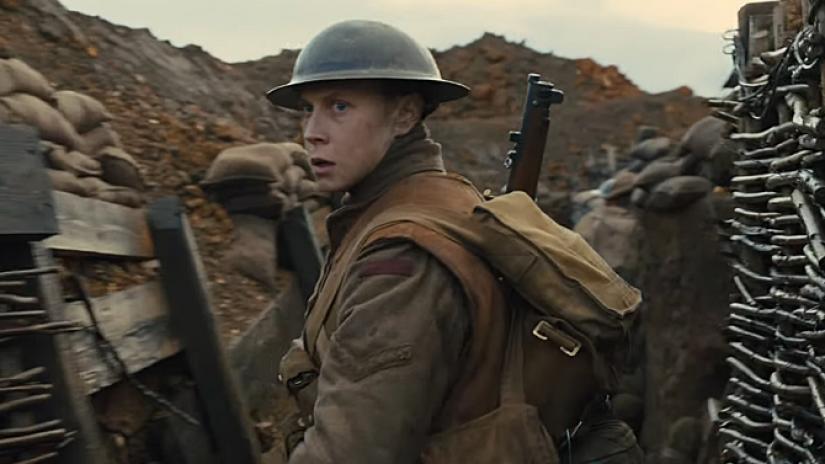
This is especially true when they have successfully crossed enemy lines and are heading into the unknown. That sort of fear begins to set in because neither or they know whether or not they will make it to the otherside alive. But you know that they have to if they are to save the lives of 1600 soldiers. That sense of urgency is only amplified when we learn that Blake’s brother is a part of that battalion.
And yet, Mendes can give us something much more than just another wartime epic. He gives us something that is also deeply human by playing with contrasting visuals. There are moments within the film that may seem peaceful like when Blake and Schofield enter a serene field of chopped down cherry trees whose flowers are just blooming that appears to be untouched by the ravished of war. But that is disturbed when a German fighter plane is shot down. The same can be said for the peak of the battle, while there is nothing but death and destruction that surround the two soldiers, Deakins’ exemplary camera work and use of lights and shadows only beautify the frame.
That kind of dichotomy works to the 1917’s advantage as audiences get to see the contrasts between the agony of war and serenity of peace. And these subtle contrasts only exemplify how these soldiers and the victims of war are simply fighting to survive.
And 1917’s other strengths come from showing us the humanity in these characters. The conversations they would have on their perilous journey would be considered mundane, but under the circumstances and the sense of urgency, it is something that keeps the film going and the audience engaged. For at a moment’s notice, things could change in an instant, leaving our characters to react to whatever dire situation they are confronted with. And, again, that works for a film like 1917 because it is filmed as if it was one shot. Everything keeps flowing and cannot stop for anything because both soldiers know that they need to see that their mission is accomplished.
Though a lot of praise will be directed towards 1917’s technical work, one cannot overlook the emotional and physical demands from its two lead actors, Chapman and MacKay. Yes, the film has its major stars in Cumberbatch, Colin Firth, Mark Strong, and Andrew Scott, but really, the film belongs to its two up and coming actors who are acting as their respective characters on screen but also as a guide for the story. It is because of them that the story is realized and there for everyone to experience firsthand.
Sam Mendes’ 1917 deftly captures all of the emotional and physical nuances of war with every single frame that appears on the screen. Audiences are immediately drawn into the story that is not only melancholic but also thrilling as the film can balance out the tragedy of the loss of comrades, exciting battle sequences, and tender moments that show a soldier can be human.





